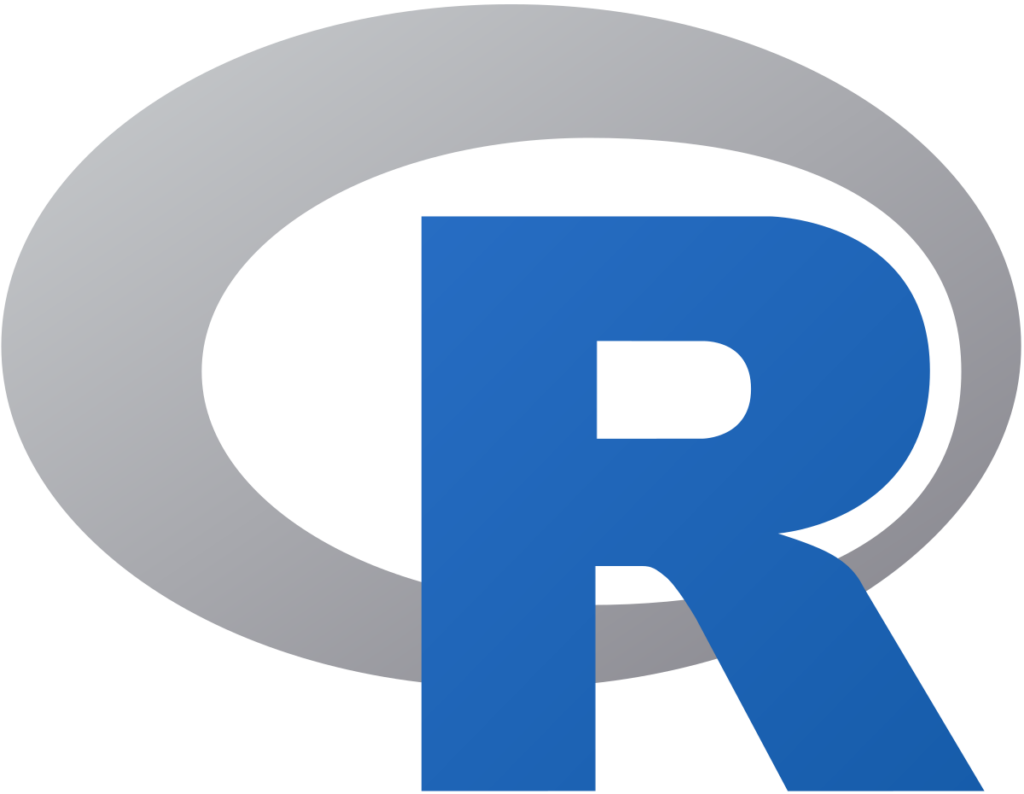
History of R Programming
R programming has its roots in the early 1990s when it was developed by Ross Ihaka and Robert Gentleman at the University of Auckland, New Zealand. It was designed as an open-source implementation of the S programming language, which had been created at Bell Laboratories. R was envisioned as a tool for statistical computing and data visualization, providing researchers and statisticians with a powerful yet user-friendly platform. Over the years, R has evolved into one of the most popular programming languages for data analysis, supported by a vibrant global community. Its flexibility, adaptability, and extensive library of packages have made it a cornerstone for research in various fields, including biosciences.
Applications of R Programming in Biosciences
- Statistical Analysis in Biological Research
R is a vital tool for performing statistical analysis in biosciences. It enables researchers to analyze experimental data through techniques like hypothesis testing, regression analysis, and survival analysis. For example, R is widely used in clinical trials to evaluate the effectiveness of treatments and in ecological studies to analyze population dynamics. - Bioinformatics and Genomic Studies
R plays a pivotal role in bioinformatics, where it is used to process and analyze large-scale genomic data. It facilitates tasks such as differential gene expression analysis, sequence alignment, and annotation. With specialized packages like Bioconductor, researchers can easily handle complex datasets from high-throughput sequencing experiments, such as RNA-Seq or ChIP-Seq. - Data Visualization and Interpretation
The ability to create clear and insightful visualizations is one of R’s greatest strengths. With packages likeggplot2, researchers can produce high-quality graphs that effectively communicate complex biological data. For instance, R is used to visualize phylogenetic trees, gene expression heatmaps, and protein interaction networks. - Predictive Modeling in Biosciences
R supports predictive modeling, which is increasingly used in areas like personalized medicine and drug discovery. Machine learning algorithms implemented in R can predict disease outcomes, assess drug efficacy, or model the spread of infectious diseases, contributing significantly to advancements in healthcare and biotechnology.
Why Should R Programming Be Included in Student Syllabi?
- Preparation for Modern Research Challenges
The biosciences are becoming increasingly data-driven, and R equips students with the skills needed to analyze and interpret biological data effectively. By learning R, students gain hands-on experience with real-world datasets, preparing them for the demands of modern research. - Cost-Effective and Accessible
As an open-source platform, R is freely available to everyone. Its accessibility ensures that students and institutions, regardless of financial constraints, can leverage its capabilities for learning and research without the burden of licensing costs. - Comprehensive Ecosystem for Biosciences
R’s extensive ecosystem includes libraries and tools tailored for biosciences, such as Bioconductor for genomic analysis andveganfor ecological modeling. This ecosystem ensures that students can explore a wide range of biological problems using a single platform. - Career Readiness and Skill Development
Proficiency in R is highly valued in both academia and industry. By including R in the curriculum, educational institutions prepare students for careers in research, data science, and biotechnology. Moreover, learning R enhances problem-solving and analytical skills, which are transferable to various fields.
Why Everyone Should Learn R Programming
- Broad Applicability Across Disciplines
While R is essential for biosciences, its applications extend to other domains like finance, marketing, and social sciences. This versatility makes R a valuable tool for anyone interested in data analysis, regardless of their field. - Active Community and Continuous Development
R benefits from a vibrant community of developers and users who contribute packages, tutorials, and forums. This active support system ensures that learners can easily find resources and stay updated with the latest advancements. - Customizability for Specific Needs
R allows users to write custom scripts and functions, making it highly adaptable for unique research requirements. For example, researchers can develop algorithms tailored to specific biological datasets, enhancing the precision of their analyses. - Essential for the Data-Driven Future
As data continues to drive decision-making and innovation, learning R ensures that individuals remain competitive in their fields. R provides a robust foundation for tackling complex data challenges, making it an indispensable skill for the future.